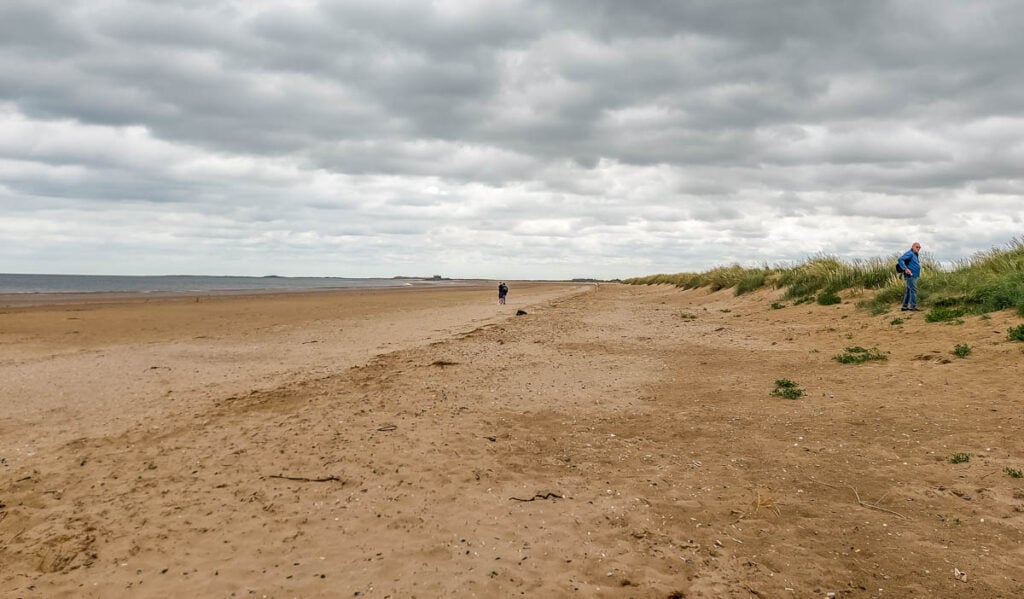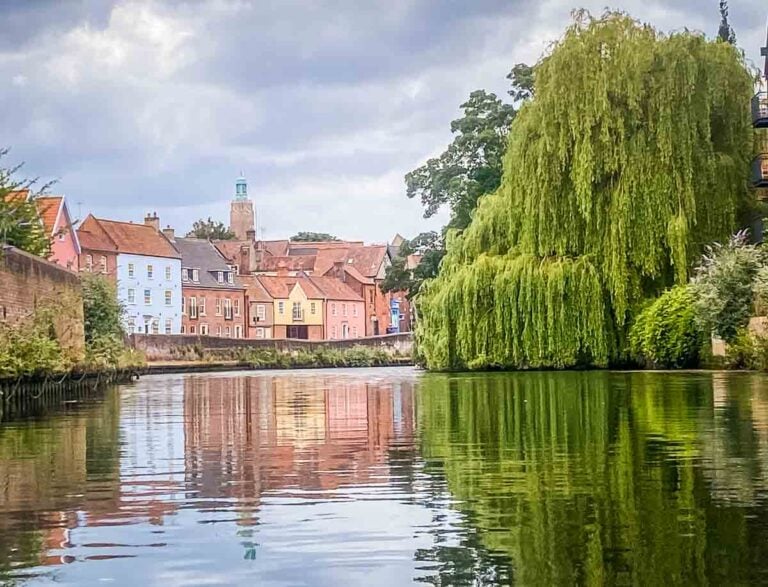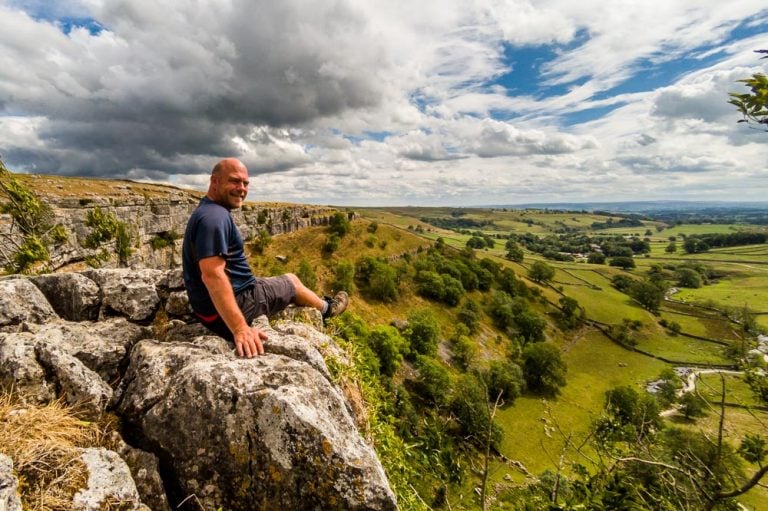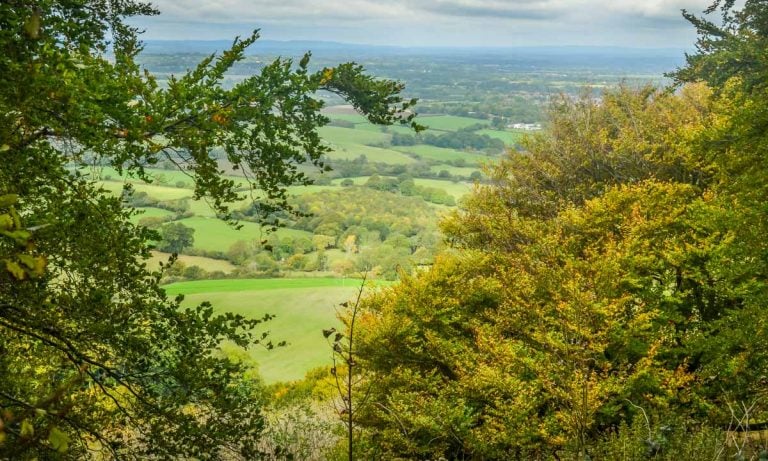Staying in Lincolnshire for the weekend, I was looking for days out that I could do with the family. I stumbled across RSPB Titchwell Marsh in my searches and thought it sounded like a promising option.
Titchwell Marsh is situated near to King’s Lynn and is a coastal location in north Norfolk made up of fresh and salt water marshes, reed beds and a woodland area.

Upon arrival at the visitor reception, the map showed several routes you could take throughout the reserve. Before even speaking to a team member, we’d discussed opting for the route that took you through the reserve towards the beach – always a good option with a toddler in tow!

The staff member also suggested that this route would be a good starting point for us and he highlighted some of the key features of the walk, including areas where you can look out across the reserve from elevated points.

So, off we walked. We passed through some woodland where you find the usual woodland suspects – in our case, mainly robins.
Next up, we wandered beside the reed beds. Here a family of swans was slowly making its way through the narrow streams. At this point, I could also hear the distinctive call of the Cetti’s warbler (now I’m no pro at my birdsong, but this is one of the few that I can remember!).

There were quite a few twitchers gathered around this area too as there had been several spottings of the elusive bittern here. Unfortunately, we had no such luck although we did catch a great white egret flying over us. Probably being in the company of an 18-month old doesn’t help matters much!

We continued along the path before veering slightly right to one of the bird hides. From here, you could see across the freshwater lagoons where you could see countless avocets; a beautiful sight!

As we approached the next area of the reserve, the landscape changed into one I was more familiar of from my previous visits to Lincolnshire and the Holbeach Air Weapons Range. This saltmarsh lagoon area lent itself to different species of bird and we were lucky enough to see a snipe and a couple of oystercatchers.
The final approach to the beach gave us those views across the reserve. From here, you could see the distinctive different areas.

Upon the beach, there were loads of discarded sea shells, a sign that the waters are clearly rich with pickings – no wonder this is a popular spot for birds.
An old World War 2 sea defence building was in broken pieces along the vast stretch of sand and also lent itself to form shallow rock pools. In here, you could see tiny fish swimming around and the remains of several crabs.

After a blustery explore of the beach, we began to head back, stopping along the way at the Parrinder hide. This hide has two different outlooks – one onto the Volunteer marsh and the other onto the Freshwater marsh.
There were several people here with their tripods and binoculars checking out to comings and going of the area.
I would have liked to have spent longer on the reserve at the various hides, especially as I’m not that good at my wetland bird identification. However, travelling with a little one did make it a little challenging – she was very happy when we stopped by at the on-site cafe though! If you are in the Norfolk/Lincolnshire area I’d definitely recommend stopping by at Titchwell Marsh.

There’s lots to see and do whether you are a keen bird watcher or not. The entry price is minimal and is free if you are an RSPB member. I’d also suggest taking a look at the reserve’s recent sightings blog as that gives you a feel for what you might be lucky enough to spot. In the meantime, I’m off to gen up more on my wetland birds for next time!








